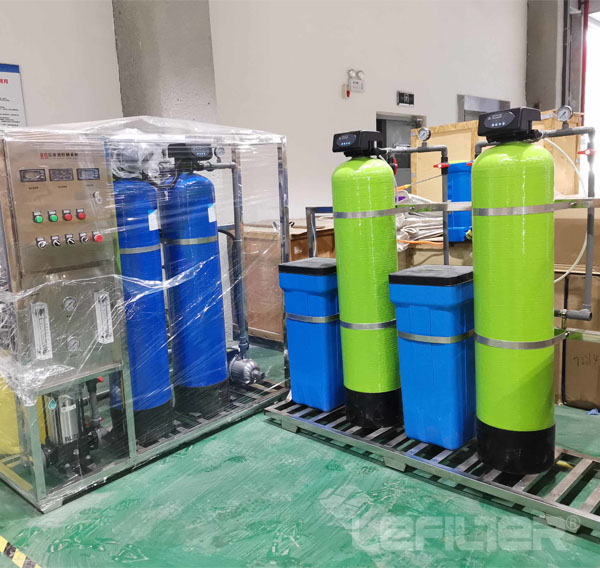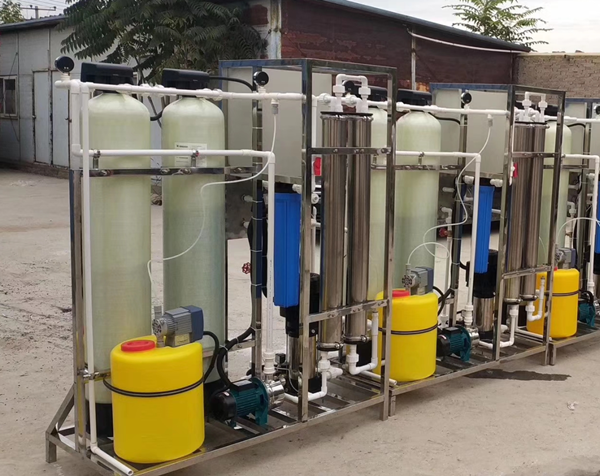2021-07-20

Then follow up last pure water treatment process, today focuses on the other two processes: ion exchange and EDI
5. Ion exchange
Various inorganic salts in water ionize to generate cations and anions. When passing through the hydrogen ion exchanger layer, the cations in the water are replaced by hydrogen ions, which is the principle of desalination of the cation bed.
Various inorganic salts in water ionize to generate cations and anions. When passing through the OH-type ion exchanger layer, the anions in the water are replaced by OH- ions, which is the principle of desalination of the anion bed.
The mixed bed is an ion exchange device in which cation and anion exchange resins are mixed and packed in the same exchange column in a certain ratio. In the uniformly mixed resin layer, the cation resin and the anion resin are arranged in a close staggered arrangement. Each pair of cation resin and anion resin particles is similar to a set of multiple beds, so the mixed bed can be regarded as a multiple bed without multiple beds running in series. Since the hydrogen ions and hydroxide ions entering the water after the mixed ion exchange immediately generate water molecules with a low degree of ionization, it is rarely possible to form counter ions during cation or anion exchange, and the exchange reaction can be carried out very thoroughly, so the mixed bed The water quality of the effluent is better than the water quality that can be achieved by a multiple bed composed of cation and anion exchange in series, and it can produce product water with quite high purity
6. EDI
EDI: EDI technology is a new desalination process that combines electrodialysis and ion exchange. This equipment takes the advantages of electrodialysis and mixed bed ion exchange to make up for the shortcomings of the other party. Ion exchange can be used for advanced treatment without The medicament is regenerated, using the H+ and OH- generated by ionization to achieve the purpose of regenerating the resin. EDI has higher requirements for influent water and must be reverse osmosis product water or water quality equivalent to reverse osmosis product water. It has the following characteristics:
It can continuously produce qualified ultrapure water that meets user requirements, and the water production is stable
No chemicals are required for regeneration, no chemicals are discharged, and it is a green and environmentally friendly product
Compact structure, small footprint, low water production cost
The device debugging is completed before leaving the factory, and the on-site installation and debugging are simple
Simple operation, extremely low labor intensity, easy training
